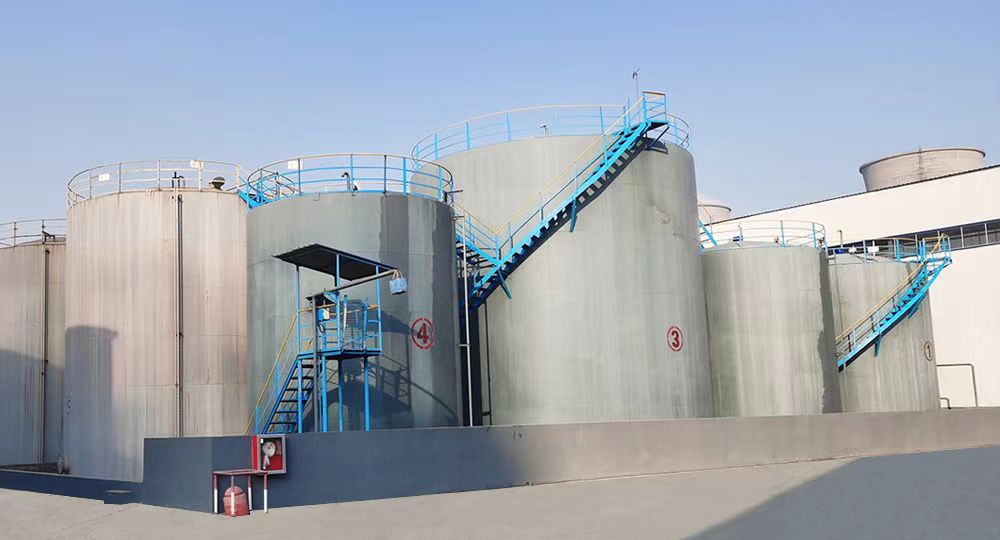The modulus of waterglass solution, also known as sodium silicate solution or sodium silicate, is an important parameter to describe the characteristics of the solution. The modulus is usually defined as the molar ratio of silicon dioxide (SiO₂) and alkali metal oxides (such as sodium oxide Na₂O or potassium oxide K₂O) in waterglass, that is, m(SiO₂)/m(M₂O), where M represents alkali metal elements (such as Na, K, etc.).
First, the modulus of waterglass solution has a significant impact on its properties and applications. Waterglass solutions with lower modulus usually have better water solubility and lower viscosity, and are suitable for certain application scenarios that require good fluidity. Waterglass solutions with higher modulus have higher viscosity and stronger adhesion, and are suitable for occasions that require higher strength and hardness.
Second, the modulus of waterglass solution is generally between 1.5 and 3.5. The modulus within this range is considered to be the most suitable for industrial production and application, because it can ensure that the waterglass solution has a certain solubility and fluidity, and can provide sufficient adhesion and strength.
Third, the modulus of water glass solution is not fixed, it can be controlled by adjusting the raw material ratio and production process. Therefore, in different application scenarios, water glass solution with appropriate modulus can be selected according to specific needs.
Fourth, the modulus of water glass solution is also closely related to its concentration, temperature and other factors. Generally speaking, with the increase of concentration and the decrease of temperature, the modulus of water glass solution will also increase accordingly. However, this change is not linear, but is affected by a variety of factors.
Fifth, the modulus of water glass solution is an important parameter to describe its characteristics, which has a significant impact on its properties and applications. In practical applications, it is necessary to select a water glass solution with appropriate modulus according to specific needs.
The concentration of water glass solution is a key parameter that affects the properties and application effects of water glass. The concentration of water glass is usually expressed as the mass fraction of sodium silicate (Na₂SiO₃).
1. Common range of water glass concentration
1. General concentration: The concentration of water glass solution is generally 40%. This concentration of water glass is more common in engineering, and its density is generally 1.36~1.4g/cm³.
2. National standard concentration: According to the "GB/T 4209-2014" standard, the national standard concentration of water glass is 10%~12%. This means that the mass fraction of water glass should be controlled within this range.
2. Factors affecting the concentration of water glass
The concentration of water glass is affected by many factors, including but not limited to the following:
1. The quality of water glass: The quality of raw materials determines the quality of the water glass produced. The better the quality of water glass, the higher the concentration.
2. Water temperature: Water temperature has a direct impact on the dilution of water glass. Generally speaking, the higher the water temperature, the lower the concentration.
3. Amount of water added: The amount of water added directly affects the concentration of water glass.
4. Stirring time: If the stirring time is too short, the water glass will not have enough time to mix evenly with the water, which will lead to inaccurate concentration.
3. Methods of expressing water glass concentration
In addition to expressing it in mass fraction, the concentration of water glass can also be expressed in degrees Baume (°Bé). Baume is a method of expressing the concentration of a solution, which is measured by a Baume hydrometer. The concentration of water glass in grouting materials is usually expressed as 40-45Be, which means that its Baume is within this range.
4. Conclusion
The concentration of water glass solution is an important parameter that needs to be determined according to specific application scenarios and needs. In engineering and industrial production, the concentration of water glass needs to be precisely controlled to ensure the quality and stability of the product. At the same time, it is also necessary to pay attention to the impact of changes in water glass concentration on its properties and application effects.

Post time: Nov-08-2024

